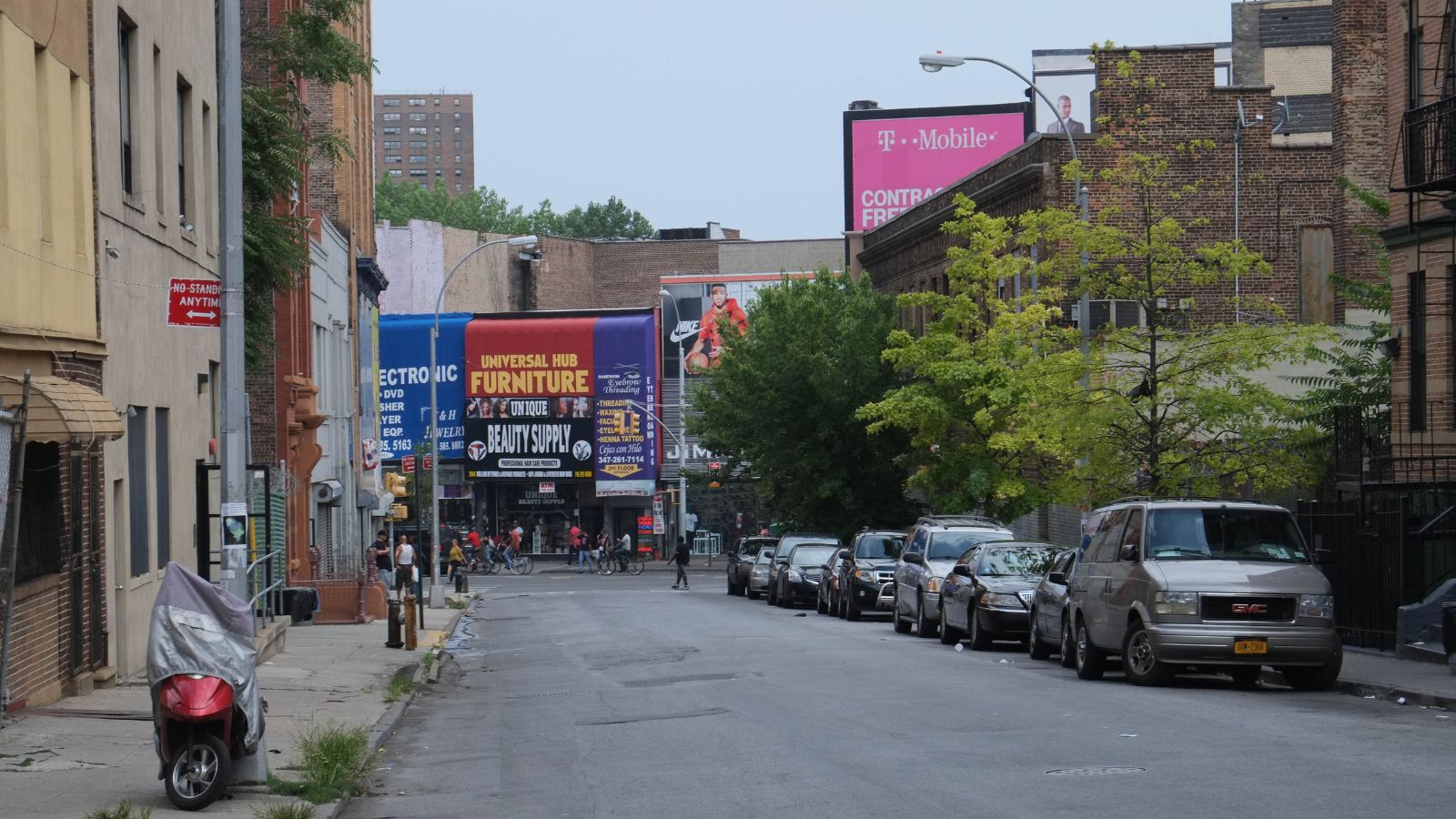When there’s a blackout in New York, residents of the Melrose neighborhood in the South Bronx often have to wait a long time for their power to be restored.
“After an intense storm in Melrose, it can take up to three days for residents to get their power back on,” says Imani Cenac of Nos Quedamos, a nonprofit that advocates for affordable housing and environmental justice in the area.
To help residents prepare for more extreme weather, the group plans to install what it calls resiliency hubs at two community gardens.
“And then the last hub will be placed behind our office space in Melrose,” Cenac says.
She says the hubs will be small pavilions that are built much like military tents, and they’ll have indoor lighting and solar panels on the roof.
Residents will be able to use the solar power to charge their phones and laptops. And when needed, they can plug in fans, heaters, or small refrigerators so they can store medicine during an emergency.
Cenac hopes the shelters will also be used for meetings and programs.
“I’m hoping that these can become, eventually, centers for the community to organize and … to advocate for their priorities and for long-term climate justice,” she says.
Reporting credit: ChavoBart Digital Media
Source link


